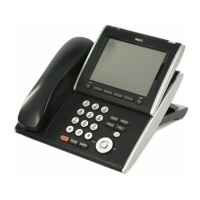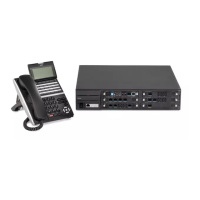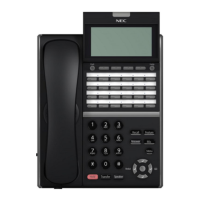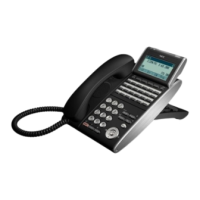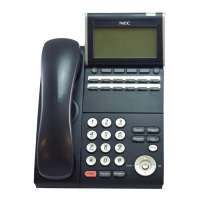Issue 2.0
13-54 AspireNet
SECTION 4 PROGRAMMING
4.1 Before Reading This Section
This section provides you with detailed information about the system programs. By changing a
program, you change the way the feature associated with that program works. In this section,
you find out about each program, the features that the program affects and how to enter the pro-
gram data into system memory.
When you want to customize a feature, find it in Section 1 and learn about it. (If you have trouble
finding the feature, try cross-referencing it in the Index at the back of this book.) Section 1 will tell
you what programs you have to change to get the operation you want. Then, look the program up
in this section if you have any questions about how to enter the data.
4.2 How to Use This Section
This section lists each program in numerical order. For example, Program 10-01 is at the
beginning of the section and Program 92-01 is at the end. The information on each program is
subdivided into the following headings:
Description describes what the program options control. The Default Settings for each program
are also included. When you first install the system, it uses the Default Setting for all programs.
Along with the Description are the Conditions which describe any limits or special
considerations that may apply to the program.
The reverse type (white on black) just beneath the Description heading is the program access
level. You can only use the program if your access level meets or exceeds the level the program
requires. Refer to 4.3 How to Enter Programming Mode on page 13-55 for a list of the system
access levels and passwords.
Feature Cross Reference provides you with a table of all the features affected by the program.
You will want to keep the referenced features in mind when you change a program. Customizing
a feature may have an effect on another feature that you did not intend.
Telephone Programming Instructions shows how to enter the program data into system
memory. For example:
1. Enter the programming mode.
2. 15-07-01
tells you to enter the programming mode, dial 150701 from the telephone dial pad. After you do,
you will see the message “15-07-01 TEL” on the first line of the telephone display. This indicates
the program number (15-07), item number (01), and that the options are being set for the exten-
k
Do not start customizing your system without first reading Section 1, Setting Up the
Networking Feature.
15-07-01 TEL
KY01 = *01
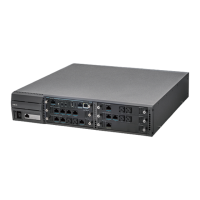
